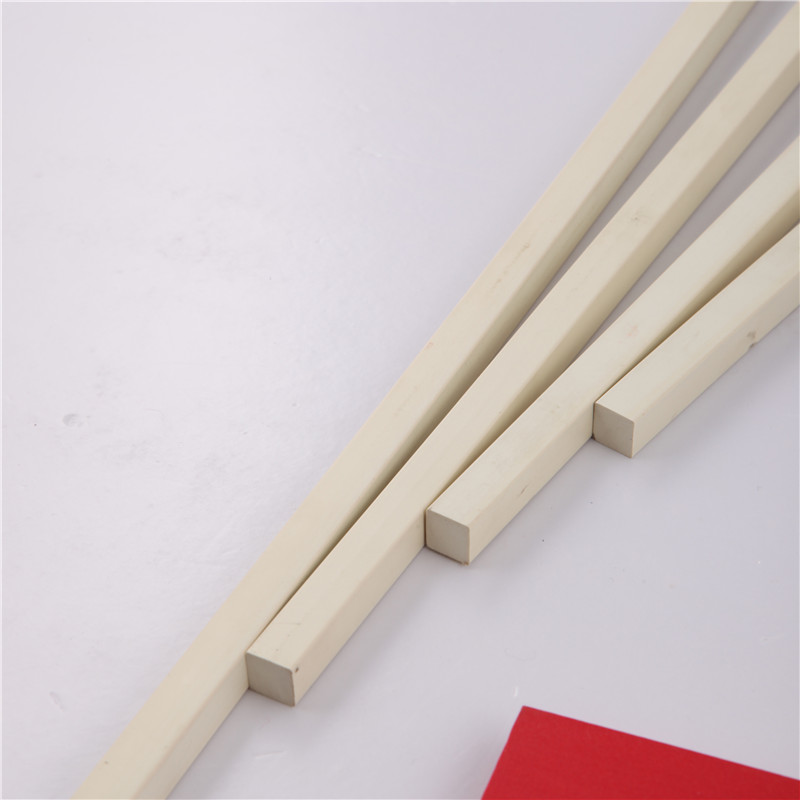Sep . 25, 2024 09:29 Back to list
Understanding the Benefits and Uses of PVC Pipe Couplings in Plumbing Solutions
Understanding PVC Pipe Couplings A Complete Guide
PVC (Polyvinyl Chloride) pipe coupling is an essential component in plumbing and construction. These fittings play a crucial role in connecting two pieces of PVC pipe, ensuring a watertight seal and enabling the flow of water or other fluids. The versatility and durability of PVC make it a popular choice for various applications, from residential plumbing systems to industrial installations.
What is a PVC Pipe Coupling?
A PVC pipe coupling is a short length of PVC pipe designed with sockets on both ends, allowing two pipes to be joined together. Couplings can come in various forms, including slip couplings, threaded couplings, and reducing couplings. Slip couplings are the most common and are used to connect pipes of the same diameter. Threaded couplings have internal threads that allow them to connect to threaded pipes, offering a more secure connection, while reducing couplings allow the joining of pipes of differing diameters.
Advantages of PVC Couplings
One of the primary advantages of using PVC pipe couplings is their resistance to corrosion, which makes them ideal for use in underground installations. Unlike metal pipes that may rust over time, PVC stays intact and maintains its structural integrity for many years. Additionally, PVC couplings are lightweight, making transportation and installation much more manageable.
Another significant benefit is cost efficiency. PVC materials are generally less expensive than other piping materials, which translates to lower overall project costs. Moreover, the ease of installation means that labor costs can also be minimized, making PVC couplings an economical choice for many projects.
pvc pipe coupling

Installation Process
Installing a PVC pipe coupling is a straightforward process that can often be done by DIY enthusiasts or professionals alike. The first step involves measuring and cutting the pipes to the desired lengths, ensuring they are clean and free of debris. It’s important to use PVC primer and cement to create a strong, permanent bond between the coupling and the pipes. When applying the primer, make sure to coat both the pipe and the inside of the coupling. After priming, apply the solvent cement, push the coupling onto the pipe, and hold it in place for a few seconds to allow the bond to set.
Applications of PVC Couplings
PVC pipe couplings are widely used in a variety of applications. In residential settings, they are commonly found in drainage, waste, and vent systems. In commercial and industrial contexts, these couplings are used for transporting chemicals, water, and other fluids. Additionally, with the growth of sustainable practices, PVC is increasingly being used in agricultural applications for irrigation systems.
Conclusion
In conclusion, PVC pipe couplings are integral to effective plumbing and piping systems, providing strength, durability, and resistance to corrosion. Their cost-effectiveness and ease of use make them a preferred choice for both homeowners and professionals alike. Whether you are undertaking a small DIY project or managing a large-scale construction site, understanding and utilizing PVC pipe couplings will ensure a reliable and efficient fluid transport system.
-
HDPE Natural Sheet: Durable, Food-Grade & Versatile Plastic Solutions
NewsAug.27,2025
-
Durable Glossy PVC Rigid Sheet | Premium High-Shine Panels
NewsAug.26,2025
-
Durable PP Rigid Sheet: Lightweight, Chemical Resistant Solutions
NewsAug.21,2025
-
PVC Grey Sheet for Extraction: Chemical Resistant & Durable
NewsAug.19,2025
-
Durable PVC Pipe Fittings for Plumbing & Irrigation Needs
NewsAug.18,2025
-
HDPE Steel Belt Reinforced Spiral Corrugated Pipe | High Strength
NewsAug.17,2025

